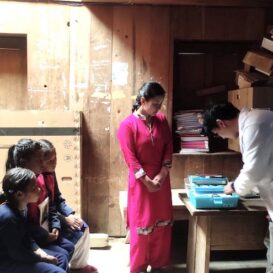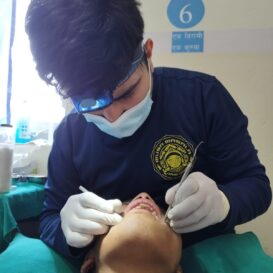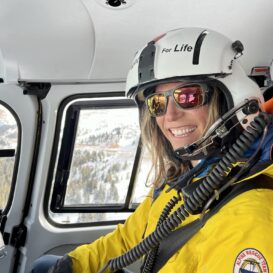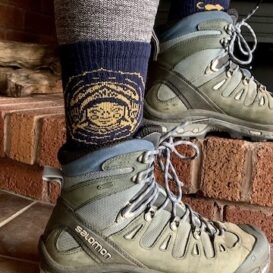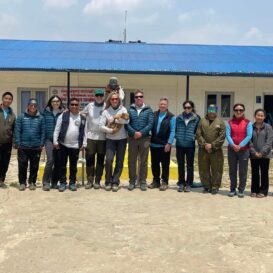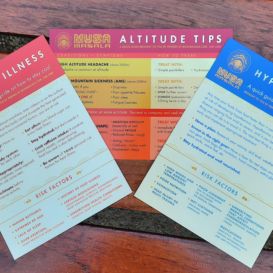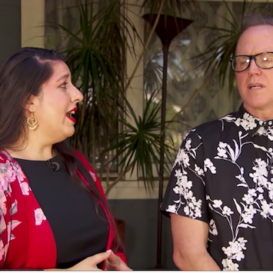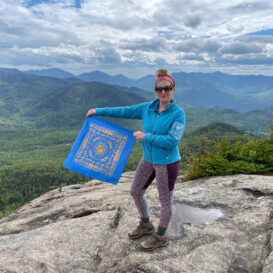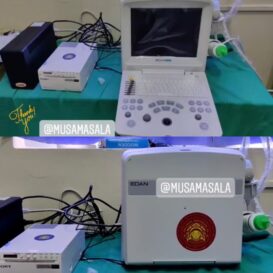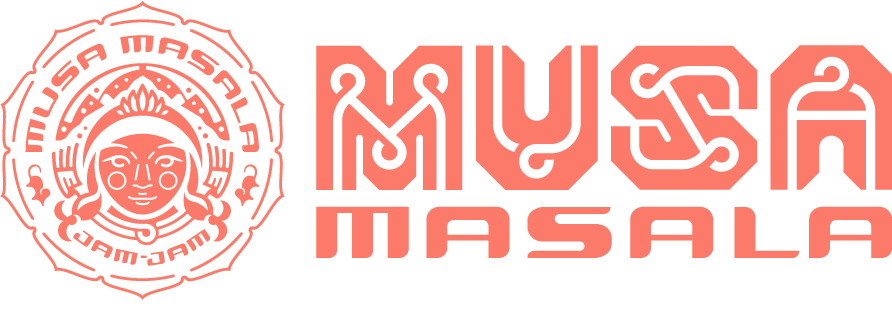Our world is rapidly changing during the COVID-19 pandemic. Many medical workers are thinking outside-of-the-box in order to help patients. Here is a story about one of our team members who took that box and made it her own.
Suzanne Cheree Ellis is a paramedic and one of our frontline workers responding to the coronavirus crisis. Suzanne created a removable, mobile isolation box that can fit on a standard ambulance gurney. She remarked that after taking a class on Medical MacGyvering from fellow Musa, Dr. Tatiana Havryliuk, at a Wilderness Medical Society Conference, she felt inspired. Suzanne is also an amazing artist. We have sold many of her beautiful works to raise money for the Wongchhu Sherpa Memorial Hospital. Jam Jam!! Suzanne, great job to you and everyone at Marble Falls Area EMS.

I work with Marble Falls Area EMS as a paramedic. We work for the city of Marble Falls and the surrounding community in Texas. Our medical director, Dr. Jarvis, works for Marble Falls Area EMS, Williamson County EMS and now Flight Bridge ED. He is unique in his approach to EMS and emergency medicine because he was a paramedic for many years and relies on evidence-based medicine. Dr. Jarvis’s compassion resonates deeply and he is able to understand many of our concerns and questions. He is quick to remind everyone, whether you’re a nurse or a paramedic, of the importance of being understanding and empathetic with each other as well as every patient. It makes the world a miserable place otherwise.
The purpose of the box is multi-fold. In the case of Covid-19, everything is changing. We needed to create some sort of protection for EMS/first responders, provide respect to the patient on scene and have something that can be easily collapsible and transported. The hard box used in the ER is too large and bulky. I had actually been looking at Facebook when I saw a post about a possible solution for protection during CPR. I immediately texted one of my coworkers about what could be possible for EMS and we agreed there had to be another way to provide a safe, sturdy barrier.
So I spoke with a few people about the possibility of figuring out a solution. We wanted something that’s easy to use on scene or in an ambulance, that could be cleaned and would protect us and the patient. I ordered materials like tarp and a small garden hot house. I finally figured out a solution by wandering around Lowe’s. I tried to use items that were easily accessible and could be put together by anyone, including myself. The last few boxes that were put together could not have been done without my partner at work, Ken Schwake, a firefighter who helped smooth out the edges of plexiglass and was incredibly supportive. Also, we wouldn’t be able to try it without my operations director, Kevin Naumann immediately saying, “Let’s try to put this on every truck.” Having people take a chance on using an idea is one of the most important aspects. Even Lowe’s jumped onboard and donated supplies.
Understand the simplicity: Plexiglass (acrylic), zip ties, wall closet shelving supports, a shelf, Velcro, clear tarp/vinyl…and that is it. It can be changed out or exchanged and easily cleaned after every patient use.
We now have five Ellis Collapsible Isolation Boxes in service. They are stored in special bags—ie. hanging laundry bags (because I can’t sew and my mom and everyone else are busy making masks or gowns). The box is not perfect, but it should help with isolation of the virus and protect both patients and responders.
With the box secured, we can intubate, maintain a patent airway and perform CPR. Our organization does not transport cardiac arrest patients unless we are able to resuscitate them. However, if we can keep them alive…this is vital. The isolation box assists us in arriving safely to a destination, especially with changing protocols. The box can be removed, either in outside air or a negative pressure room. This keeps everyone safe.
We honestly don’t know how often we are responding to COVID calls. The answer and training change every day. We know that it is best to assume everyone/anyone has it, and that even goes for us. When we approach a new patient, we are fully gowned, masked and goggled, protecting ourselves and our patients. We want the public to know that we are doing everything we can to protect the community and ourselves.
We also want to share the box with everyone, but we especially want to track if it is helpful. To receive the PDF with specific instructions for the device to make its use simple, please email me at sellis@mfaems.org or send Marble Falls Area EMS a message about your organization.
Thank you to all my friends at Musa Masala. Each member has always been supportive and inspiring, you all matter in my life.



